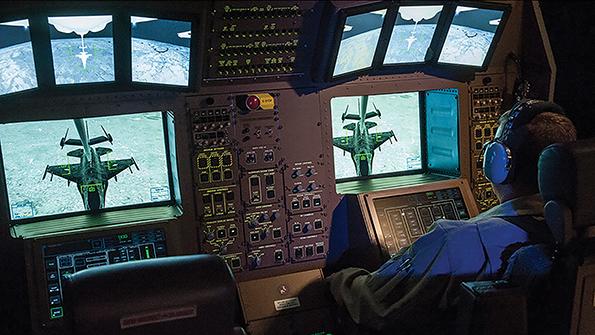
Ask the Editors: The Aviation Week Network invites our readers to submit questions to our editors and analysts. We’ll answer them, and if we can’t we’ll reach out to our wide network of experts for advice.
Why did Boeing opt to fully redesign the vision system on the KC-46 instead of using the Royal Netherlands Air Force KDC-10’s reliable and proven technology?
Aviation Week Pentagon Editor Lee Hudson answers:
The Netherlands’ Organization for Applied Scientific Research, Physics and Electronics Laboratory designed the Tanker Remote Vision System in 2006 for the McDonnell Douglas KDC-10. It is used on two tankers that serve in both tanking and transporting missions. The technology supports inflight refueling operators by providing a picture of the air-to-air tanking process, even in bad visual conditions.
Boeing was unable to use the KDC-10 Tanker Remote Vision System (TRVS) because the technology does not meet U.S. Air Force requirements for the KC-46. The 1980s design does not support covert aerial refueling missions or operate in all lighting and background conditions. Boeing says that is why it opted to build a system featuring high-resolution cameras, display and processing capability.
Some critics believe the Air Force and Boeing would both be better off if the remote vision system outfitting the KC-46 adopted pieces of the TRVS, given the new aircraft has experienced years of delays and cost overruns. Boeing took a $551 million charge in the first quarter because of changes agreed to by both the company and the Air Force in April for the KC-46 Remote Vision System (RVS).
The redesign includes high-definition color cameras, updated displays and computing systems. The problem with the initial RVS design is what the Air Force called a “rubber sheet” effect that distorts the image on the visual display used by the boom operator during refueling.
To date, Boeing has taken more than $4 billion in charges for the problem-plagued tanker. This is roughly the same amount the company was willing to pay for Embraer’s commercial aircraft division before it walked away from that deal.


Comments